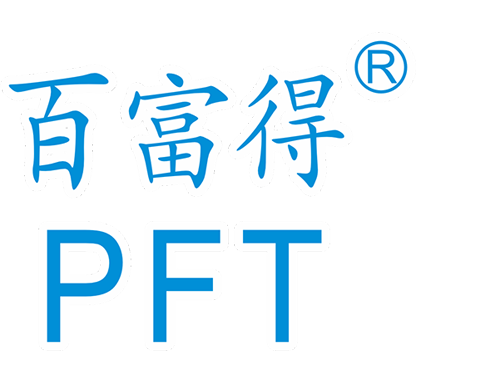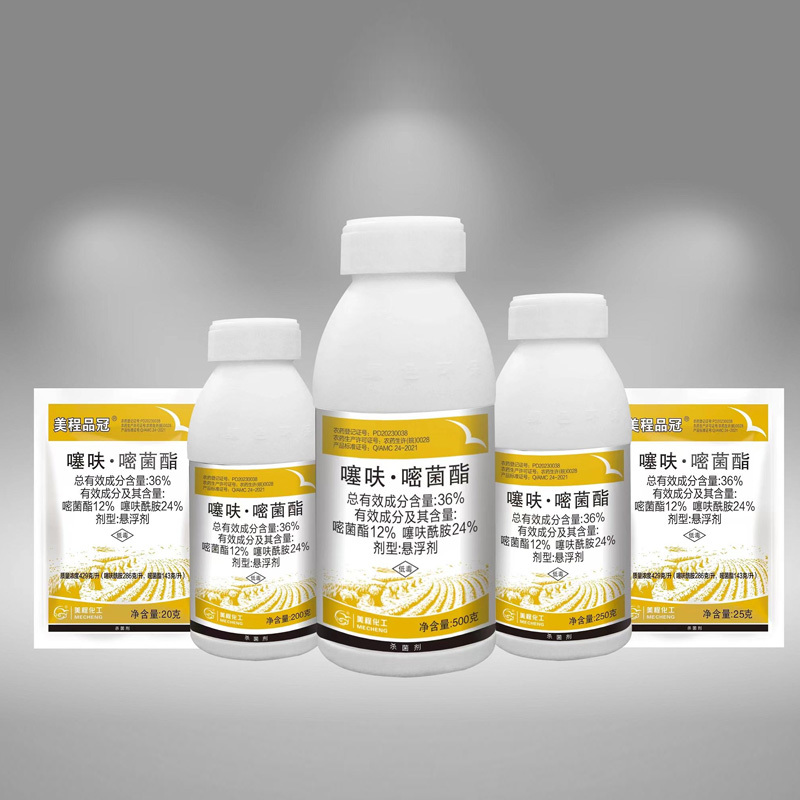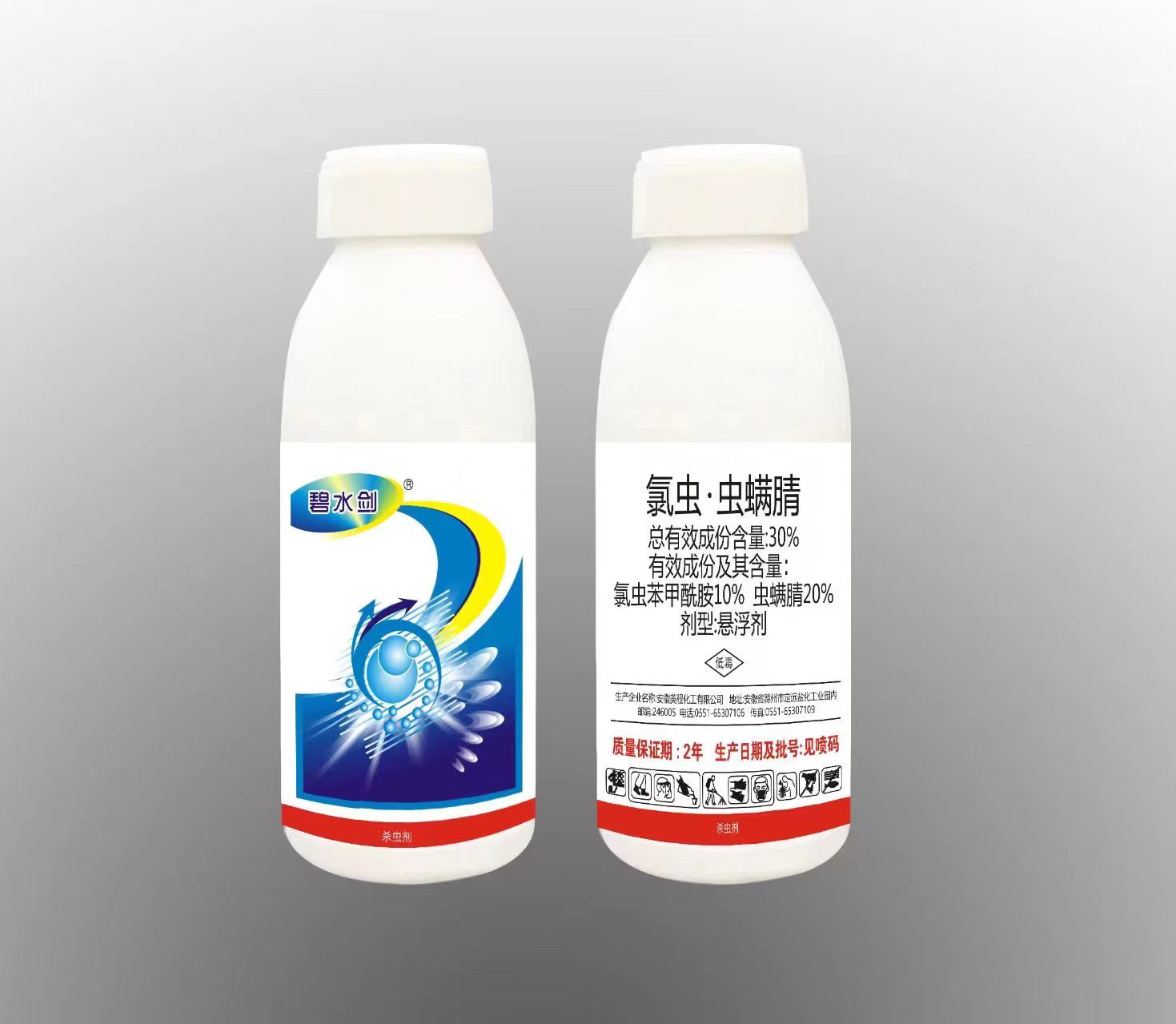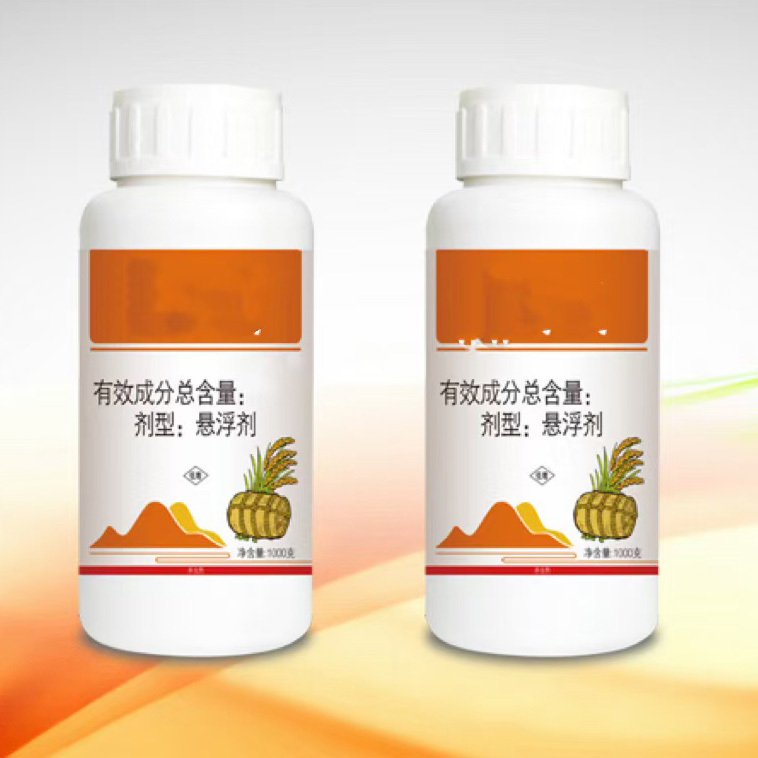-
-
-
News & Publication
-
News & Publication
Effective Chemical Strategies for Controlling Cabbage Aphids
Time
2025-07-21
Cabbage aphids, also known as Brevicoryne brassicae, are a common pest that affects cabbage and other cruciferous vegetables. They are small, soft-bodied insects that can rapidly reproduce, leading to significant damage to crops. Effective chemical control of cabbage aphids is essential for maintaining healthy plants and maximizing yield. Here are some key points to consider: 1. **Understanding Li
1. **Understanding Life Cycle**: Before implementing any chemical control measures, it's important to understand the life cycle of cabbage aphids. They reproduce quickly, often giving birth to live young, which allows populations to explode in a short period. Monitoring populations is critical to determine the right timing for intervention.
2. **Chemical Options**: There are several classes of pesticides effective against cabbage aphids, including insecticides from the neonicotinoid, pyrethroid, and insect growth regulator categories. Each of these has a different mode of action, and it's important to rotate products to minimize the risk of resistance development.
3. **Application Timing**: Timing is crucial when applying chemical controls. Monitoring aphid populations will help determine the best time for application. Ideally, treatments should be applied when aphid populations first begin to increase, as this is when they are most susceptible to control measures.
4. **Safety and Environmental Considerations**: When using chemical controls, always adhere to safety guidelines and consider the impact on non-target organisms, including beneficial insects. Integrated Pest Management (IPM) practices encourage the use of chemical controls as part of a broader strategy that includes biological controls, cultural practices, and resistant crop varieties.
5. **Follow-Up Management**: After applying chemical controls, it’s important to monitor your crops for any resurgence of aphids. Regular scouting can help catch any new infestations early, allowing for timely interventions.
6. **Record Keeping**: Maintaining thorough records of pest populations, chemical applications, and crop responses will help refine your pest management strategies over time. This data can inform future decisions and improve the overall effectiveness of your pest control program.
In conclusion, the chemical control of cabbage aphids involves a combination of understanding their life cycle, selecting appropriate insecticides, timing applications correctly, and incorporating broader pest management strategies. By carefully monitoring and managing cabbage aphid populations, farmers can protect their crops and ensure a successful harvest. Always remember to prioritize safety and environmental stewardship when selecting and applying chemical controls.
Latest News

Email:
Address 1 : Salt-chemical Industrial Zone, Dingyuan County, Chuzhou, Anhui Province, China
Address 2 : 19F, Block A, Zheshang Building, Science Avenue, Hefei City, Anhui Province, China
Leave Message
We will contact you within one working day. Please pay attention to your email.
COOKIES
Our website uses cookies and similar technologies to personalize the advertising shown to you and to help you get the best experience on our website. For more information, see our Privacy & Cookie Policy
COOKIES
Our website uses cookies and similar technologies to personalize the advertising shown to you and to help you get the best experience on our website. For more information, see our Privacy & Cookie Policy
These cookies are necessary for basic functions such as payment. Standard cookies cannot be turned off and do not store any of your information.
These cookies collect information, such as how many people are using our site or which pages are popular, to help us improve the customer experience. Turning these cookies off will mean we can't collect information to improve your experience.
These cookies enable the website to provide enhanced functionality and personalization. They may be set by us or by third-party providers whose services we have added to our pages. If you do not allow these cookies, some or all of these services may not function properly.
These cookies help us understand what you are interested in so that we can show you relevant advertising on other websites. Turning these cookies off will mean we are unable to show you any personalized advertising.
This website already supports IPV4/IPV6 bidirectional access





